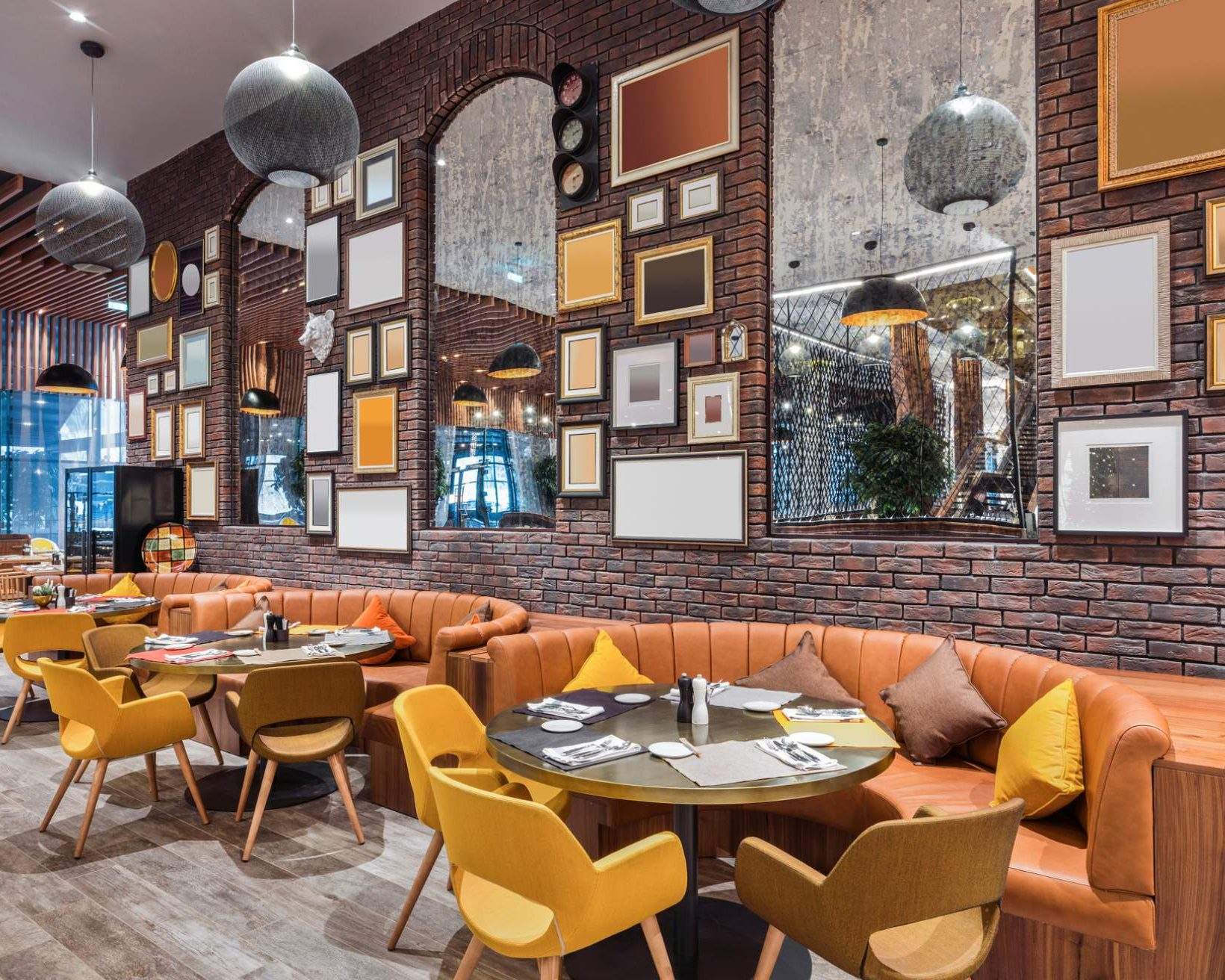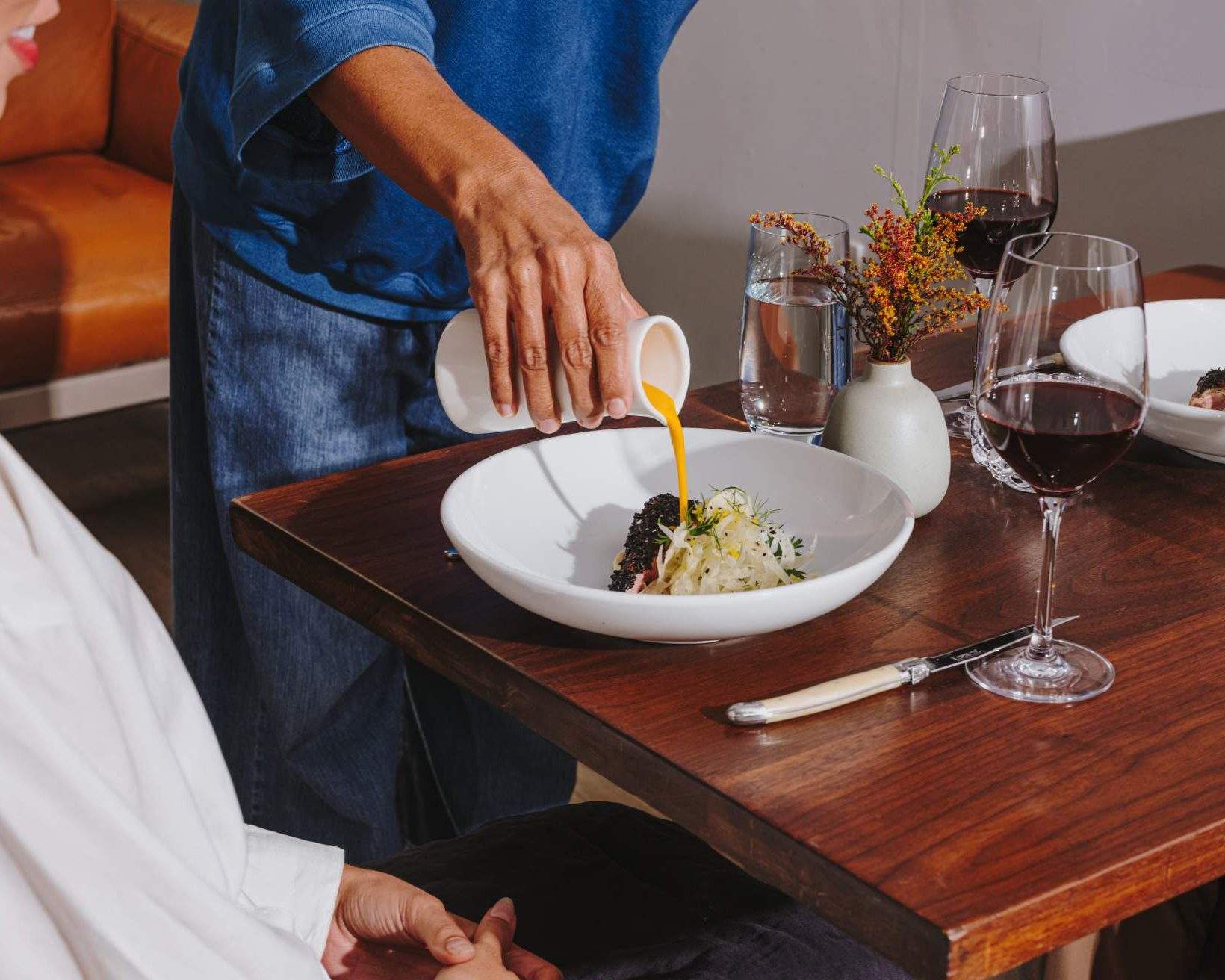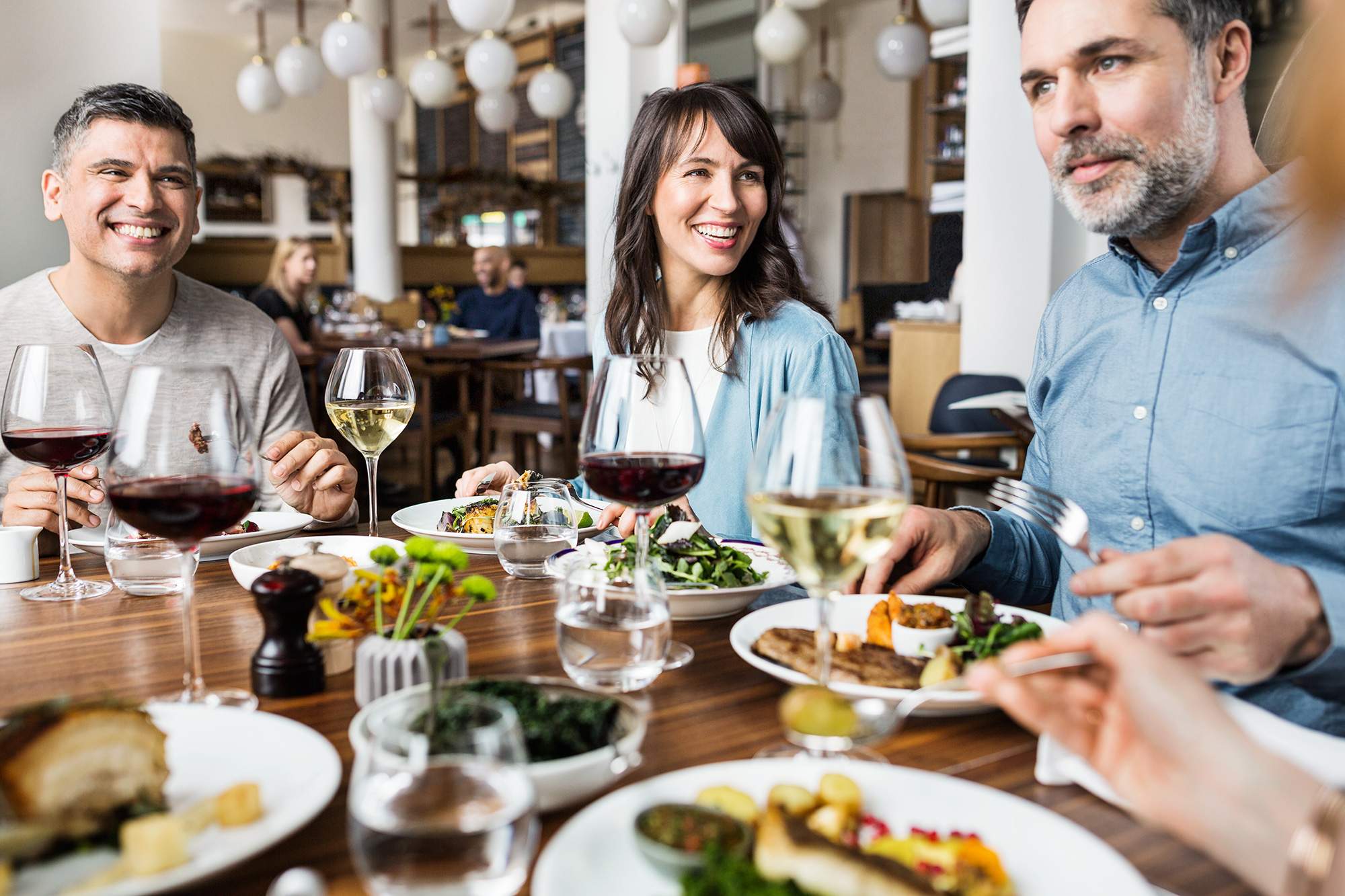Outdoor seating for restaurants has risen to the top of guests’ wish lists in recent years. In OpenTable’s latest Diner Survey, 12% of respondents said they’re specifically looking for outdoor seating. So it shouldn’t come as a surprise to learn that many restaurants have invested in outdoor dining set ups, even in cities where space is few and far between.
In the years since the outdoor dining boom began, it’s become clear that terraces, pavement cafes and rooftop spaces are here to stay. If your initial setup was put together on the fly, it’s time to think about how to upgrade it and make it a permanent feature. That could mean changing the tables and chairs to commercial outdoor furniture or adding an al fresco bar complete with bar stools.
Whether you’re based in London, a small village or by the seaside, we’ve put together the complete guide to outdoor dining for restaurants in the UK. Try these tips to increase your own success with outdoor seating for years to come, whether you are just getting started with outdoor seating or want to expand.
Quick Links
Why restaurants should have outdoor dining areas
Legal requirements for outdoor dining in the UK
Outdoor dining tips for restaurants
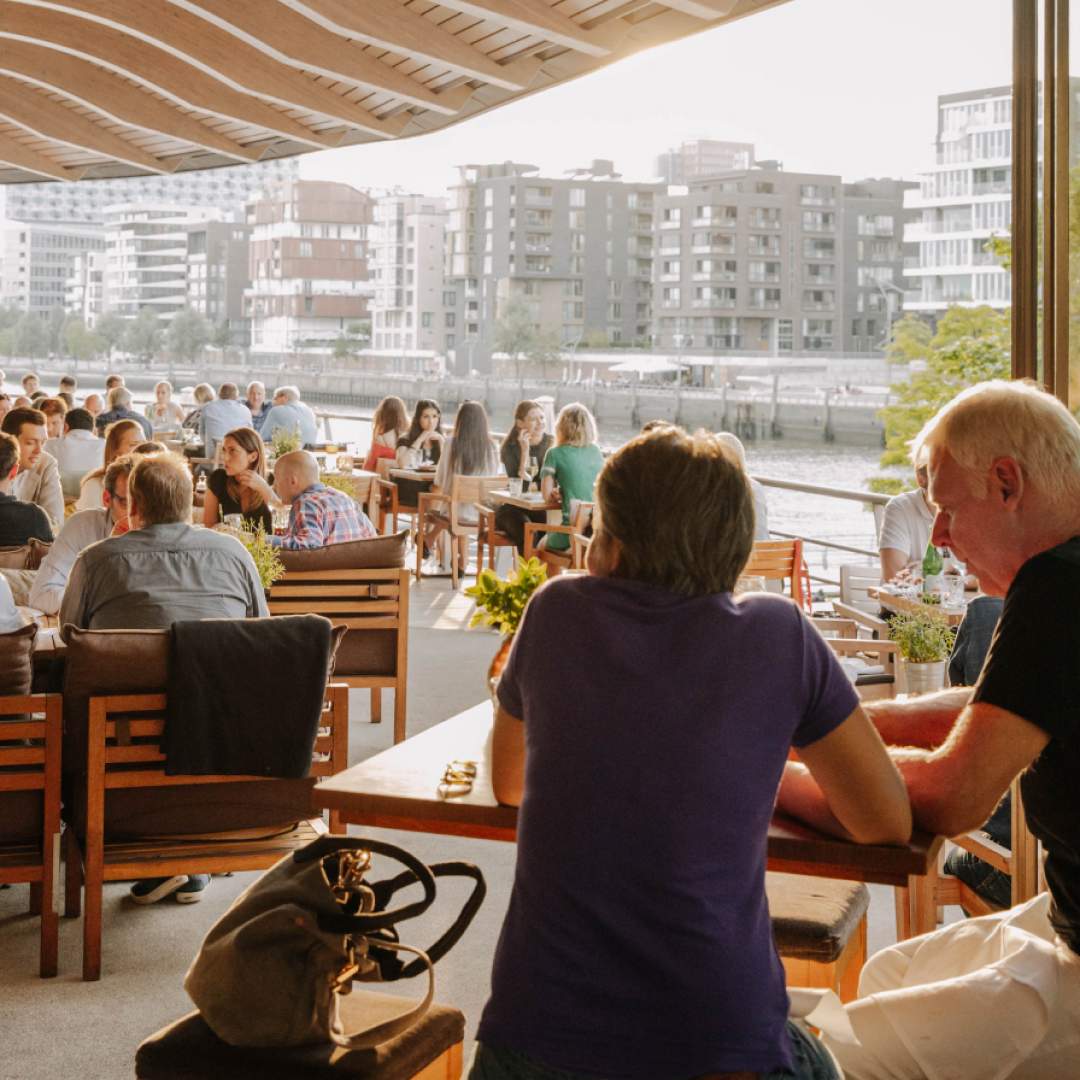
Why is it important for restaurants to offer outdoor dining to their customers?
Providing outdoor dining is a smart move for restaurants that can accommodate it. You can extend the available space and allow for more guests to be served simultaneously. Plus, a nice outdoor set up also enhances the ambience with the allure of dining ‘al fresco’.
Whether pavement dining or a rooftop with a picture-perfect backdrop, your spot can offer an entire new experience for guests. It’s also a superb way to accommodate diners who prefer a bit of fresh air, or those who appreciate a more open, relaxed setting.
Offering an outside space to eat at your restaurant isn’t merely a practical solution that can increase covers ; it’s a strategic advantage that can transform your space and provide a win-win for both your restaurant and diners.
Legal requirements for outdoor dining in the UK
Before you go and plant those chairs on the pavement, it’s worth familiarising yourself with any legalities regarding outdoor dining.
There are still government guidelines regarding the Covid-19 pandemic that you’ll need to understand. In the wake of the pandemic, the UK government initiated several measures to support the reopening of pubs, restaurants and cafes. Among these measures was a simplification of the licensing process for outdoor seating, which enables establishments to extend their dining and drinking areas to outdoor spaces like terraces and car parks.
The consultation period for pavement licence applications has been reduced from 28 to five working days, making it easier and quicker for businesses to get these licences. The application fee has also been lowered to a maximum of £100, making the process more affordable. These measures were temporary to begin with, in the hope of boosting the economy and getting restaurants going again..
However, in 2022, the UK decided to make outdoor dining a permanent feature of high streets. Councils now have the ability to grant permanent dispensation for al fresco dining, moving forward from the temporary pavement licences that were crucial during the pandemic.
This move benefits restaurants and pubs, extending off-licensing regulations that permit takeaway meals and drinks. Despite the challenges presented by the pandemic, these new laws have helped transform the hospitality industry and to increase the number of places offering outdoor dining.
Top tips for an outdoor dining area in your restaurant
1. Start slow, then grow
If you’ve been slow to start or expand your outdoor dining area, it’s definitely not too late. Remember, 12% of diners OpenTable surveyed want more outdoor seating for restaurants for the foreseeable future. The alfresco dining boom isn’t going anywhere, and there’s plenty of time to cash in on it.
Perhaps it’s something you’ve always thought about doing but requires too much work. Or maybe you aren’t keen on the costs involved. There’s no need to dive in head first and create a utopia of outside dining. Instead, start slow – perhaps with just a handful of tables – and trial it out to see how things go.
If it’s successful and demand is there, you can expand as required. Slow and steady wins the race.
2. Embrace your surroundings
Make the most of your restaurant’s outdoor space by integrating unique aspects of its surroundings into the dining experience. Whether a particular pleasant garden area, the bustling city street full of energy or seaside view with calming vibes, use the elements available to create a distinctive atmosphere.
Even if you don’t have natural landscape to work with, consider enhancing the space with plants, appropriate lighting and comfortable furniture that complements the setting. For example, cabanas and lights can help create a party atmosphere. It’s all about encouraging a connection between your guests and the locale, making the outdoor dining experience not just about the food, but also about the environment.

3. Invest wisely in outdoor restaurant furniture and décor
After everything the restaurant industry has been through, it can be difficult making investments to upgrade your outdoor seating area. But it can be done without completely breaking the bank if you bring creativity to the project.
Consider sourcing furniture from local artisans for a unique touch or refurbishing second-hand pieces for a sustainable and budget-friendly option. Décor can be simple yet impactful; elements like string lights, potted plants, or colourful cushions can transform a space without being costly.
A well-thought-out investment in your outdoor space creates an ambiance and also increases your restaurant’s appeal, making it a worthwhile endeavour without costing a fortune.
4. Create an atmosphere that reflects your brand
Of course, not just any outdoor restaurant tables and chairs will do – a successful seating experience should feel like an extension of your dining room.
Think about the whole package and make it something that’s desirable, where people really want to be by reflecting your restaurant’s unique character in the outdoor dining space.
Choose furniture, colours and décor that align with your brand’s aesthetics. If your restaurant prides itself on its rustic charm, consider wooden tables and fairy lights. For a sleek, modern establishment, opt for clean lines and minimalist design.
Incorporate elements such as signature colour schemes or distinctive artwork to create a seamless transition from indoor to outdoor dining. A well-designed, inviting outdoor space can become a sought-after destination, attracting diners who appreciate the synergy between your brand’s identity and the alfresco dining experience.
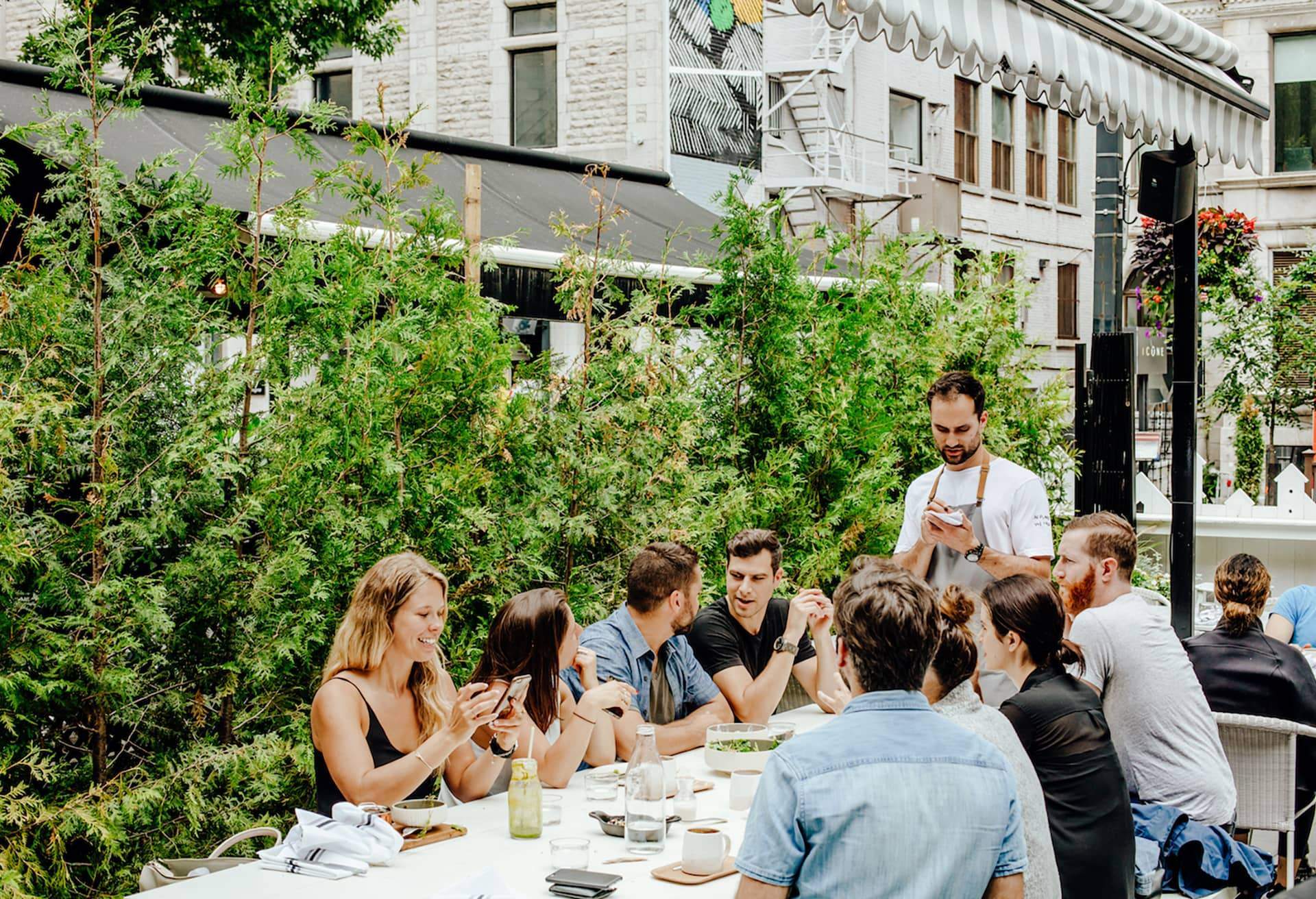
5. Extend your floor plan outside
Increasingly, more and more restaurants offer reservations for outdoor seating. In OpenTable, you can categorise existing tables as outdoor, add new outdoor tables to your existing floor plan, or create an entirely new plan for your outdoor dining setup. Here’s how.
By carefully managing your tables outdoors, you can more accurately adjust your reservation availability. Plus, outdoor reservations provide more predictability around how many guests you’ll seat, so you can order accurately and avoid both waste and unexpected crowds. You can even do more turns during a service by keeping every table status up to date.
6. Adjust your food and drink menu
If you are just starting or expanding your outdoor dining, consider scaling down your food menu until you’re used to those added seats. It might initially sound counterproductive, but a limited menu can help reduce waste and lead to sustainability.
The weather can be a factor, too – seasonal, summery dishes like salads and semifreddo desserts are easy to execute with limited staff and taste perfect alfresco. while stews and comfort food always go down well during the colder months.
7. Get the word out
If you’ve created a new or expanded outdoor seating area, people might not know it’s there. Post photos of your new spaces and menus on your social media channels and other online profiles (including your OpenTable photo gallery) to show guests what they can expect from the experience.
Lean on other neighbourhood resources, too. Contact local forums, businesses and even radio programs in the area to build buzz about your new setup. Doing so can even lead to increased exposure in local press and generate excitement about your new outdoor space.
8. How technology can help
Technology can also play an important role in your outside dining space and how it operates. Using QR codes means guests can order their meals and pay at the table, reducing wait times while also freeing up your staff.
Restaurants using OpenTable benefit from POS integrations, which allows for automatic table statusing and a smoother-running, faster-turning, front-of-house.
Not only that, but OpenTable’s booking system allows you to customise floor plans outdoors and give guests the choice of selecting outdoor or indoor dining when they book a table.
Implementing tech will help your restaurant increase its efficiency while also elevating the guest experience when they decide to do a spot of outdoor dining.
Let’s go outside
It’s clear that diners are clamouring for outdoor tables, and it seems likely terrace, rooftop, pavement, and garden reservations will be a hot ticket for a long time to come. These strategies have worked for many restaurants during the past few years and you can use them to help your business capitalise on the desire for outdoor dining, too.

